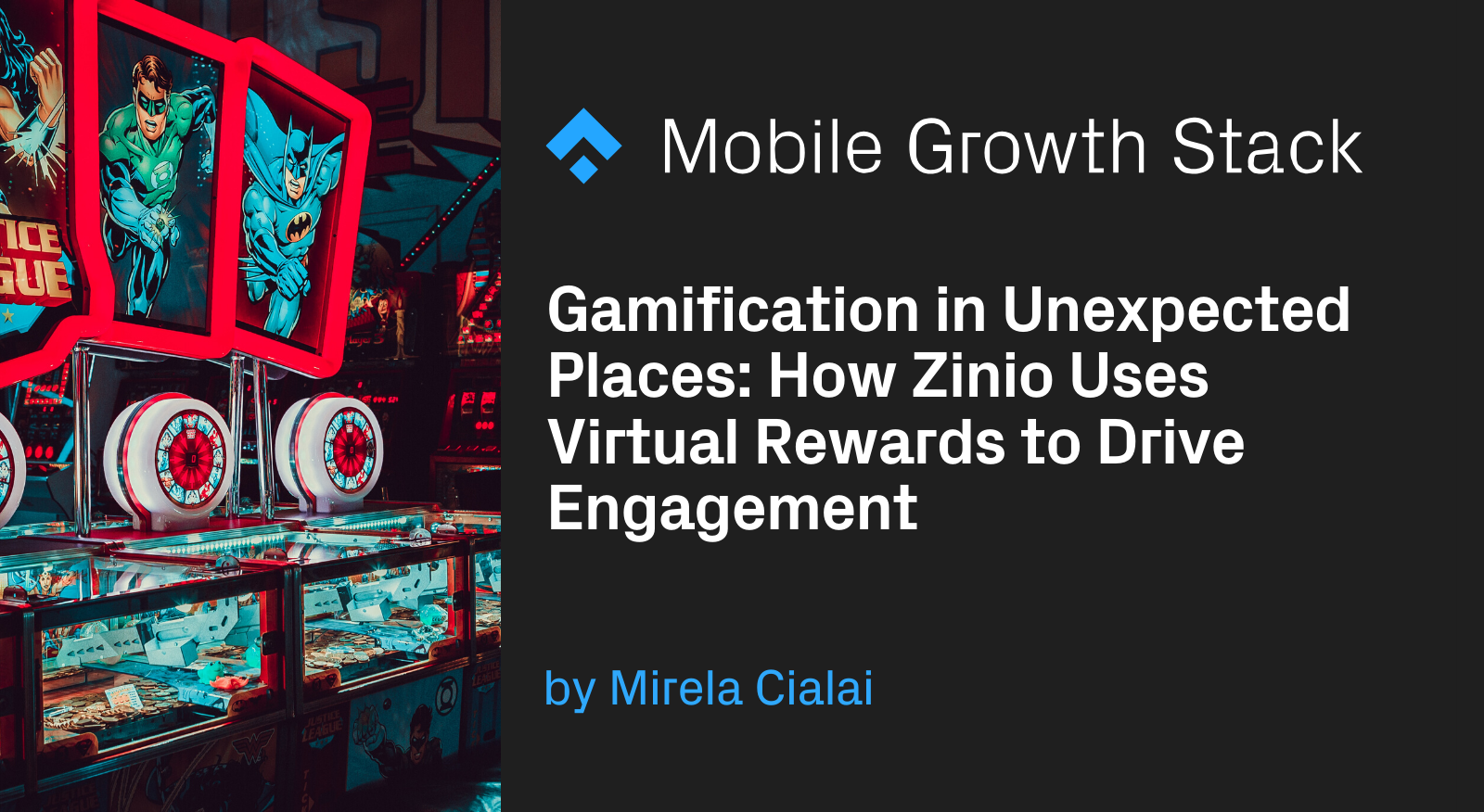 Editor’s note: This is a guest post from Mirela Cialai. Mirela Cialai is the Stevie® Award Marketer of the Year, a frequent speaker and podcast guest, Mirela is a marketing leader passionate about the intersection of entertainment, technology, and consumer engagement.
Editor’s note: This is a guest post from Mirela Cialai. Mirela Cialai is the Stevie® Award Marketer of the Year, a frequent speaker and podcast guest, Mirela is a marketing leader passionate about the intersection of entertainment, technology, and consumer engagement.
Recent research by Localytics, a mobile engagement platform, shows that there’s a strong negative correlation between the number of sessions users have post-install and user churn rate. The more sessions app users complete in the first 30 days after installing an app, the less likely they are to become inactive and eventually uninstall the app. The big question: how many sessions do users need to have in order to reduce the risk of them churning?
A report also released by the same platform also reveals that if the number of sessions within the first 30 days post-install goes below a certain level, the likelihood of users churning is actually higher. 75% of new users who have only one session also become inactive and eventually uninstall the app, the data shows.
This percentage decreases further if users have additional sessions, dropping to less than a 15% churn rate for users who have more than 11 sessions during their first month. However, depending on the industry, it might be unrealistic to assume that the average user would have 11 sessions per month. So what’s the solution then? How can we get users to have more sessions?

THE GAME-CHANGING STRATEGY: Leveraging Gamification to Increase User Engagement & Retention
Gamification is by far one of the most powerful tools to engage your user base, a great way to make the customer experience feel both fun but also challenging. Leveraging game mechanics, users have to achieve specific goals or milestones in order to win a reward. As human beings, we are naturally drawn to competition, as well as achieving milestones. Most importantly, people love to get recognized and rewarded for their accomplishments.
At ZINIO, we first introduced gamification by leveraging digital trophies. As a fully digital platform that allows customers to read their favorite magazines in digital format, we were facing the challenge of users only visiting the app when a new issue of their magazine was published, which, in most cases, was once every 30 days. Our goal was to increase the average number of sessions, getting users to visit the app more often and reducing this 30-day gap in-between visits. We believed that by offering virtual rewards to users for achieving specific milestones, we could encourage engagement.
We approached the project by first assessing the average number of sessions per user per month. Based on this number, we defined our goal: to increase the average number of sessions per month by 1.5 times.
After identifying our North Star metric, we proceeded to split our user base into 3 different segments, based on the average sessions per month:
- First segment (less engaged users). These users received a campaign with a creative displaying a virtual “Bronze Medal,” congratulating them for their reading habits, and encouraging them to keep reading to unlock the next level.
- Second segment (users with higher engagement than segment one) – These users received a campaign with a creative displaying a virtual “Silver Medal,” again congratulating them for their reading habits, and encouraging them to keep reading to unlock the next level.
- Third segment (of most engaged users) – These users received a campaign with a creative showing a virtual “Gold Medal,” in recognition of their hard work.
The initial results were far from what we expected: the conversion rate of users targeted with the campaign was significantly lower than the control group – a random group of qualifying users who did not receive the campaign.
Our first reaction was obviously one of huge disappointment. However, we didn’t allow these results to deter us from reaching our goal. In order to see if we could improve the results, we decided to run A/B tests with different messaging.
The biggest change we introduced was to remove any mention of the number of sessions that users had, instead opting to focus messaging solely on their reading achievement.

The results were impressive: Creative B outperformed by far Creative A in terms of user engagement.
As a takeaway, we understood that our user base might not feel comfortable with their activity being “monitored,” particularly with us keeping count of how many sessions they had.
Instead, by focusing the message on their achievements, and their status as magazine enthusiasts, performance has improved significantly. As a result, we’ve seen:
- A tenfold increase in conversion rate for Creative B vs the control group (users who did not receive the campaign)
- A twofold increase in the number of conversions for Creative B vs the control group.
Overall, the campaign has generated a 20% increase in sessions, and a 15% increase in retention, clearly demonstrating the effectiveness of gamification in keeping users engaged and addressing churn.
As we move forward we will continue to iterate and test new creatives, as well as different ways to reward our users, potentially a workaround to deliver actual rewards.















